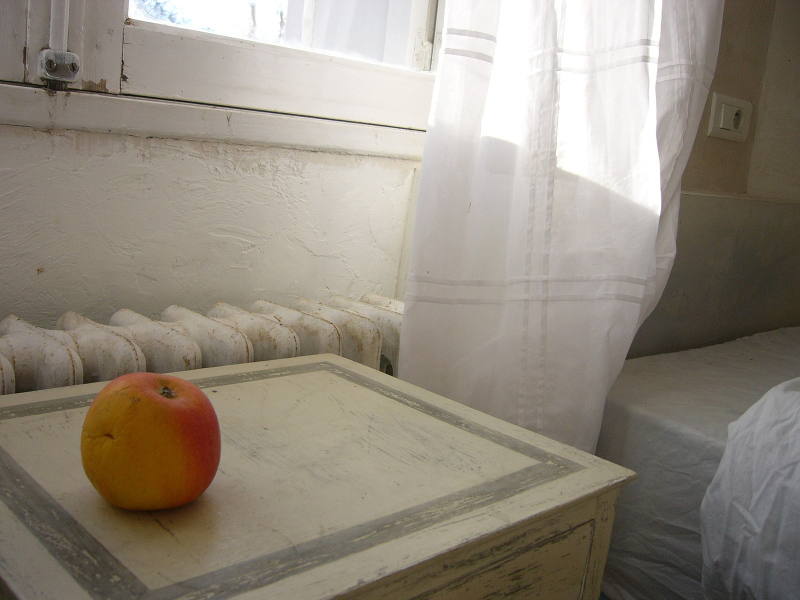By Peggy McIntosh, on behalf of the Meaford Chamber of Commerce
In February 2022, the Meaford Chamber of Commerce sent out a survey to Meaford businesses. The goal of the survey was to communicate about workforce pressures that local businesses are facing. Questions were posed to learn about any hiring issues.
The MCOC Business Survey truly just scratches the surface of what we know is likely to be a much bigger itch.
The survey was designed collaboratively by members of the Chamber of Commerce, using guidelines from Ontario Chambers of Commerce, by talking to Council, the Municipality, and the Meaford community, and was reviewed by some members from Institute of Southern Georgian Bay. The final survey result data was reported on by a professional survey analyst.
Key messages that came from the highlights of the survey are:
- Two in three of the businesses surveyed anticipate that they will need to hire in the coming 12-18 months, and a majority of those businesses anticipate needing multiple employees. Needs are diverse, balanced between full-time and part-time and requiring a variety of different types of prospective employees. Sixty-three per cent of roles to be hired are unskilled.
-
Only approximately one in three of those surveyed believe that Meaford and the surrounding area can currently house employees for their business.
- Housing is viewed as the top priority in terms of desired infrastructure.
- Eighty-three percent of respondents would like to see Meaford have living accommodations that fill their workers’ needs.
The employers in the Meaford and area survey include farmers, some small industry, shops, and restaurants. They make our community a gem. But, in addition to shopping local we need to think about living local. We know, for example, the new long term care facility, not part of the survey, will support a number of our aging residents. Mostly, the facility is looking for personal care workers, but also cooks, cleaners, and maintenance people. Imagine how important it is for these workers to live close enough to be at work on the worst winter’s day.
Everyone deserves a home. Care and service providers need homes near enough for comfort and safety. We all need to know and understand what it means to have enough affordable housing for our community to thrive.
Numbers bring the message home. Consider this: CMHC defines ‘affordable’ housing as housing that costs no more than 30 percent of before tax income.
In 2021, Royal LePage Canada reported the median price for a single family home in Meaford at $735,000. Based on the required minimum down payment, a buyer must have $58,500 in cash for that purchase down payment. With current posted interest rates, that purchase converts to a monthly mortgage payment of $2,974 – $3,203 per month.
Based on the 30 percent of HHI ‘affordable housing’ by CMHC, a household paying this mortgage would have to make between $118,960 – $128,000 before tax.
In Meaford, the 2016 Census reported an after-tax Median Household Income of $58,528; even with adding a modest Consumer Price Index of 9.5 percent that brings that HHI (two or more persons) to $64,088. Applying affordable housing costing 30 percent of the HHI, the average Meaford couple earns less than half of what would be considered ‘affordable’ for the purchase of the average house. And, under the 30 percent rule – can afford a rent of $1,602 per month.
So, maybe everyone cannot own their home. Let’s consider that the average employee will rent their home. We know that renters, often, earn less than half the income of home owners.
On that assumption, the average couple’s ‘affordable’ rent falls between $800-900/month zone. Average rents posted fall between $1,200-2,700 in Meaford and typically there are no rentals available.
Bottom line: The home affordability gap for Meaford workers is truly a canyon. This has translated into businesses that struggle to hire staff and keep them here. As responsible communities we all need to say yes to homes that everyone can afford – in many forms. Yes, they should fit with the Official Plan and be an essential compliment to it. We all want to enjoy personal care, products, and services from a strong business community for years to come.
What you can do: First, learn about the Official Plan and proposals for bringing more homes to our community, ask if they have an affordability (not ‘attainable’ component), either in kind or actually included. Second, think creatively: consider home shares for seasonal workers, https://happipad.com, consider renting your property long term vs. short term rentals. Third, speak to County and Municipality officials about why you want more affordable housing built. Fourth, learn more about social financing projects and donating property for affordable housing.
Peggy McIntosh is Co-VP MCOC, and Member, Social Finance & Affordable Housing committee, Institute of Southern Georgian Bay












